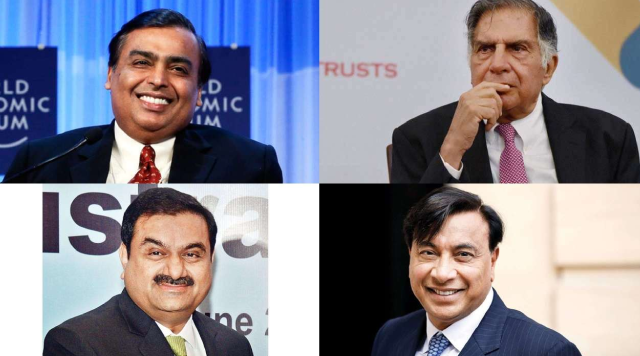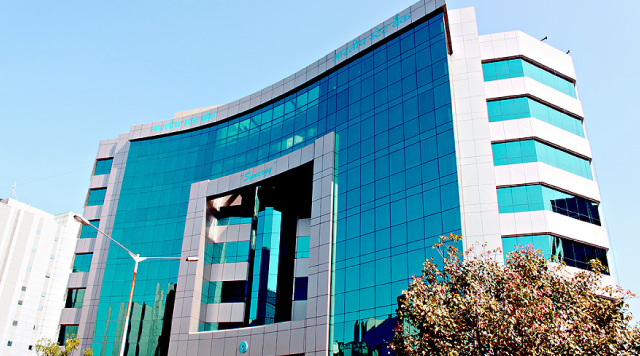Large industrial houses like Aditya Birla Group, Bajaj Group, Mahindra and Mahindra, and Tata Sons already have large NBFCs with more than a decade of operations. In fact, these NBFCs are bigger than many mid-sized banks in the country

When the Reserve Bank of India (RBI) had opened the doors for corporate to set up payments banks for the first time, big industrial houses like the Tatas, Birlas, Ambanis, Mahindras and few others had made a beeline for a differentiated banking license. Reliance Industries, Aditya Birla Nuvo, Tech Mahindra, Tata Sons, Sun Pharma, all had applied for a licence. Some got the licence, whereas some withdrew from the race as a second thought on the viability of the payments banking model.
But now the RBI seems to be in a mood to allow large corporate houses to set up full-scale banks like private-sector lenders HDFC and ICICI Bank.

At least this is the message coming from the RBI’s internal working group which released its report today on the ownership guidelines and corporate structure for Indian private sector banks.
The report says the large corporate and industrial houses may be allowed as promoters of banks. Similarly, well-run large non-banking finance companies (NBFCs), with an asset size of Rs 50,000 crore and above, including those which are owned by a corporate house, may be considered for conversion into banks, subject to completion of 10 years of operations.
Some of the large industrial houses like Aditya Birla group, Bajaj group, Mahindra and Mahindra, and Tata Sons already have large NBFCs with more than a decade of operations. In fact, these NBFCs are bigger than many mid-sized banks in the country.
In the past, the regulator has not been very liberal with banking licences. The last two licences were given seven years ago to IDFC First Bank and Bandhan Bank with a specific objective of achieving financial inclusion. Before these, RBI gave two licences to Kotak Mahindra Bank and YES Bank.
Instead, the regulator permitted new entities to set up payments and small finance banks with restricted operation. The objective was to serve the underserved and unbanked population.
But these new changes can happen only after necessary amendments to the Banking Regulation Act, 1949. The biggest concern of the regulator has always been to prevent connected lending and exposures between the banks and other financial and non-financial group entities.
Clearly, the banking landscape is all set for a big change. The public sector banks (PSBs) are already consolidated with 6-7 large banks with a balance sheet size of over Rs 10 lakh crore. There are also 3-4 large private sector banks. And if RBI allows the large industrial houses to convert their NBFCs to full-scale banks, they straightaway will be bigger than many mid-sized banks.
The current change in thinking in the RBI and the government is also because of the risk large NBFCs pose to the financial system. The debacle of IL&FS and Dewan Housing Finance Corporation Limited (DHFL) taught a lesson that asset liability mismatches could create a problem for the entire financial services sector as there are linkages with banks (borrowings), mutual funds and insurance companies. If the growth issues of large NBFCs go unchecked, an accident in future would be imminent.
The RBI’s working group has also said that the cap on promoters’ stake, in the long run, might be raised from the current level of 15 per cent to 26 per cent of the paid-up voting equity share capital of the bank.




